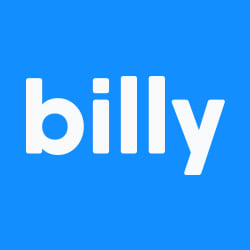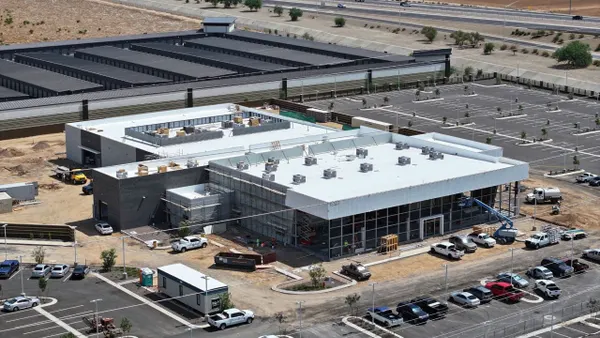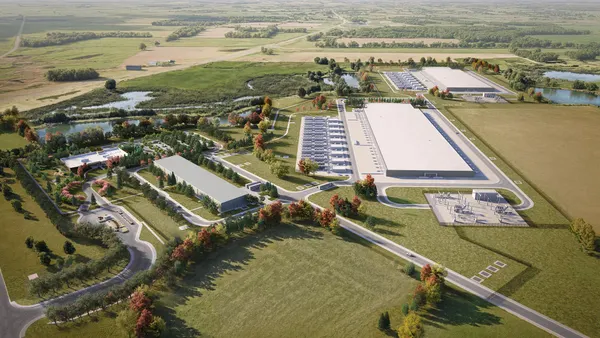In his own words, Troy Thompson loves scheduling.
The chief operating officer of Big-D Construction has appreciated construction scheduling since his time in college, when he took construction project management scheduling courses.
Thompson has worked through various programs to the operating systems and tools of today, and now Salt Lake City-based Big-D uses a solution from Planera to keep its jobs on time, train new employees and condense schedules.
Teams at Big-D grasp using Planera at least 40% faster than its previous software, Thompson said, and he sees 20% higher quality in the “baseline” project schedules because of the software’s built-in grading system.
Here, Thompson talks about his work with Pleasanton, California-based Planera, how it keeps his teams connected and what the tech offers to Big-D.
Editor’s Note: This interview has been edited for brevity and clarity.
CONSTRUCTION DIVE: How did you come across Planera and develop a relationship with the company?
TROY THOMPSON: We wanted to be able to teach more people how to do scheduling, as we grew from three offices to 19. Frankly, as we’re growing now — we’re at $3.5 billion now, and we’re growing to $5 billion by 2030 — I need to create a lot more schedulers in our enterprise.
We wanted a tool that was super easy to learn and use, even for folks who don't already have a background in scheduling. In Oracle P6, that’s quite a bit harder to do, unless you have corporate schedulers, who can use it all day long and do well in that space.
Planera, on the other hand, is extremely intuitive and easy to teach people, even if they don’t know scheduling. If you start with the fundamentals and basics of CPM scheduling, they get it quickly.
We had an open session with Planera where they showed us the tool and what it can do. Because of my scheduling background, I recognized instantly how easy it was to use.
I love the fact that they teach you how to do it in the canvas view, or what I call the logic view. So, you're starting with a blank canvas, and you're adding activities, relationships, activity durations on this blank canvas, and you're connecting those together. You're adjusting relationships, you're adjusting time, and it's very, very easy to teach, and it's very easy to do.
What problems were you looking to solve with Planera?
We've identified that we probably overspend general conditions by, I'll just say, millions of dollars. That comes largely because of the quality of our schedules — I'll be real frank, we have decent schedules, but a lot of times when you get a lot of owner changes in a project, our project managers don't want to necessarily submit a change request for one little thing that happened.

Instead, they always think that they can make that time up. That’s a great attitude to have. But it's also what I call death by 1,000 paper cuts.
Because that one little thing turns into two, and then three or four. The problem is, suddenly you have a 12% change in scope, and there's no way you can recover that much time.
So what we're trying to teach our people is, as difficult as it is, having the conversation with the owner up front.
How did Big-D roll it out to its employees?
What I decided to do was to roll it out to a couple of offices and see how the users picked it up and felt about it. I did that with two Arizona groups, my heavy industrial group and my Southwest commercial group, both located in Tempe, Arizona. From there, I just started adding other business units.
One by one, we've continued to add these groups. That's been the evolution from the time we saw it.
How does the training for the software go?
We continue to have open work sessions where we get two or three of Planera’s folks on the line.
We'll get two to five of our leads in a 90-minute working session where we show them how powerful Planera is in putting what I call a “work room” together.
In other words, subcontractors can participate. You can have people that are great at scheduling participate. You can have management or leadership participate, and they can all be working live in this collaborative working session, whether it's building the schedule or adding a frag net for some big change that's happened to a project.
Through that evolution, it keeps going. And we definitely see, in our not-so-distant future, maybe next year, probably making this an enterprise solution to some degree.
It becomes a roadmap to success.













